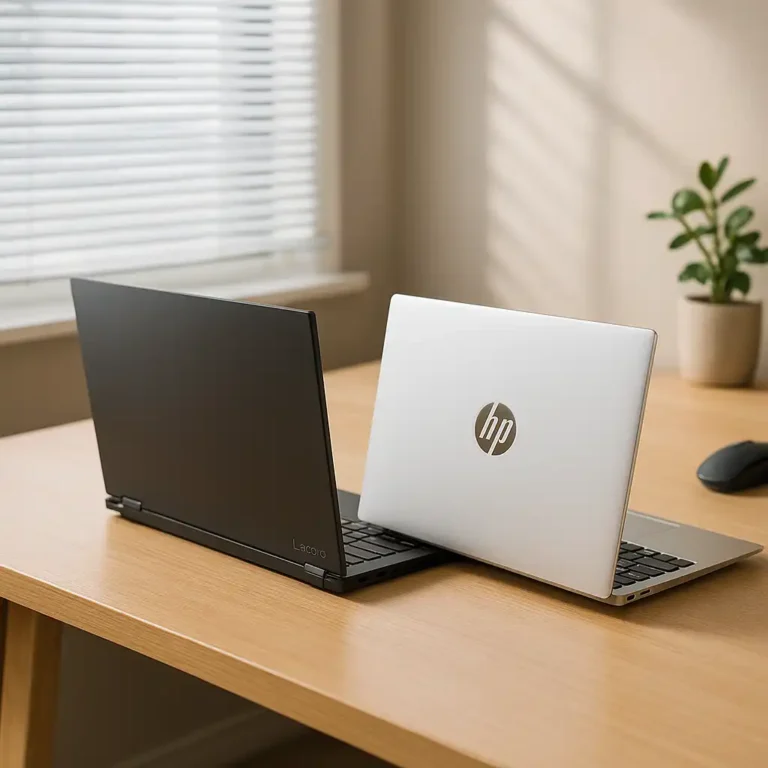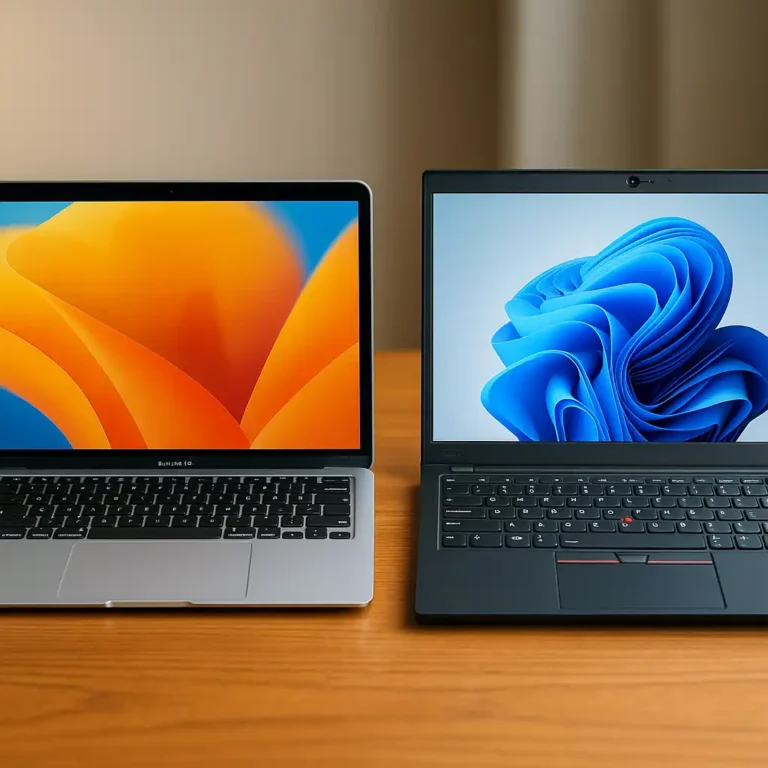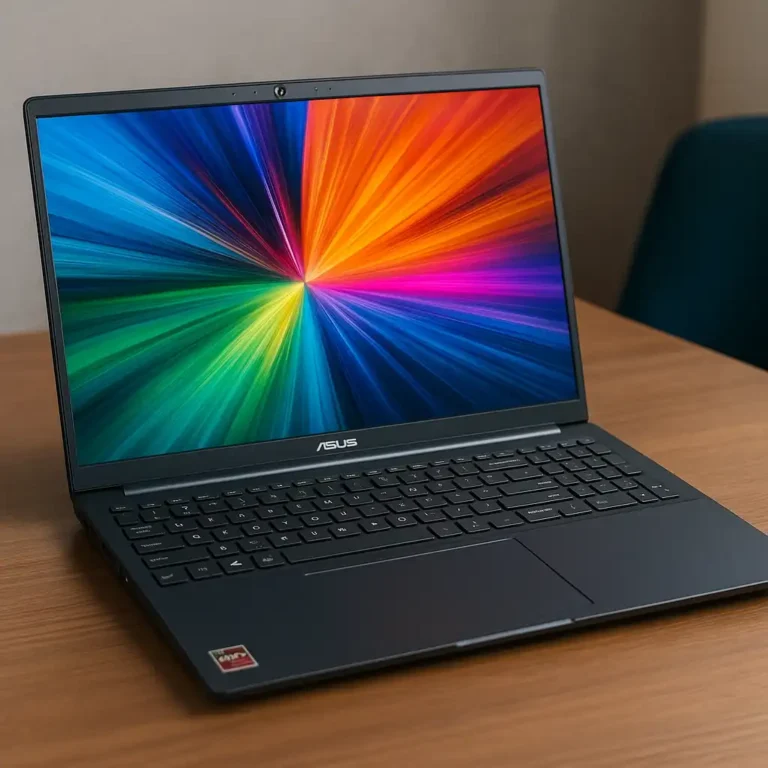What Features Should a Good Laptop Have? Essential Specs for Every User
Choosing a laptop can be overwhelming with so many models available. Whether you’re a student, professional, or casual user, understanding the key features that define a good laptop is essential. This guide highlights the most important factors to consider when purchasing a laptop that meets your needs.
Performance and Processing Power
A laptop’s processor is its brain, directly affecting speed and performance. Consider the following when evaluating performance:
- Processor (CPU): For strong multitasking capabilities, look for modern Intel Core (i5 or i7) or AMD Ryzen (5 or 7) models.
- RAM: At least 8GB is recommended for standard tasks, while 16GB or higher is ideal for demanding applications like video editing or gaming.
- Storage: Solid-state drives (SSD) offer faster performance and improved durability compared to traditional hard drives (HDD).
Display Quality
A good display enhances both work and entertainment. Important display factors include:
- Resolution: A Full HD (1920×1080) display is standard, while 4K screens offer exceptional clarity for creative work.
- Screen Size: 13- to 15-inch displays balance portability and usability, while 17-inch models provide larger workspaces.
- Brightness and Color Accuracy: For accurate visuals, look for at least 300 nits of brightness and good color reproduction.
Battery Life
Battery performance is crucial for users who rely on their laptop throughout the day. Look for laptops that offer:
- 8 to 10 hours of battery life for general use.
- Efficient processors and optimized power settings for extended runtime.
Build Quality and Design
A laptop’s durability and design impact both portability and longevity. Key considerations include:
- Material: Metal chassis or reinforced plastic for improved durability.
- Weight: Ultrabooks provide lightweight designs without sacrificing power.
- Keyboard and Trackpad: Comfortable key travel and responsive trackpads are essential for long typing sessions.
Connectivity and Ports
A versatile selection of ports can improve productivity by supporting peripherals and external devices. Important options include:
- USB-C: Essential for fast data transfer and modern accessories.
- HDMI or DisplayPort: Ideal for connecting external monitors.
- SD Card Reader: Handy for photographers and content creators.
Graphics Performance
For gamers, designers, or video editors, a dedicated graphics card is essential. Key options include:
- NVIDIA GeForce RTX for gaming and creative work.
- AMD Radeon RX for budget-friendly yet powerful performance.
Audio and Speakers
High-quality audio enhances your entertainment experience. Look for:
- Front-facing speakers for better sound projection.
- Dolby Atmos or Waves MaxxAudio for immersive sound quality.
Operating System
Choosing the right operating system impacts software compatibility and workflow. Popular choices include:
- Windows: Versatile for gaming, productivity, and customization.
- macOS: Best for Apple users and creative professionals.
- Linux: Ideal for developers and users who prefer open-source software.
Security Features
Security is crucial for protecting personal data. Consider:
- Fingerprint readers for quick and secure login.
- TPM (Trusted Platform Module) for enhanced hardware encryption.
Conclusion
A good laptop combines performance, portability, and durability to support your daily activities. By focusing on key features like processing power, display quality, and battery life, you can choose a device that meets your needs and budget.
Related Articles You Might Find Helpful
For more insights into choosing the right laptop, explore these helpful resources:
- Difference Between SSD and HDD External Hard Drives
- How Much RAM Do I Need for Gaming?
- Best Processor for a Laptop Computer: Top Choices
- Can a Laptop Graphics Card Be Upgraded?
Explore these resources to make an informed choice for your next laptop purchase.







